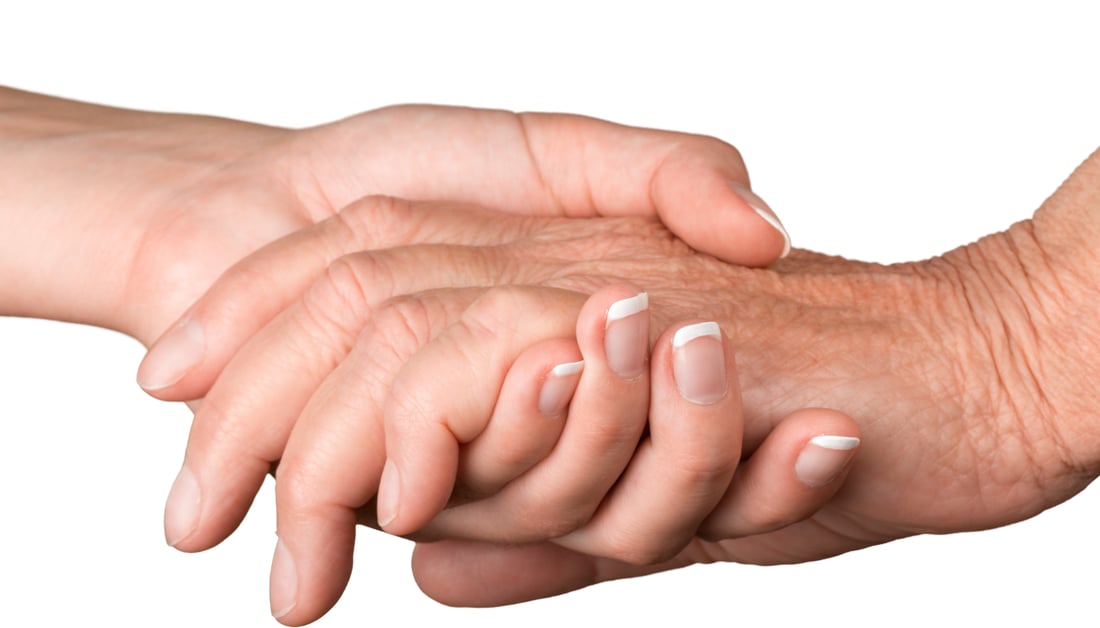Published 6/11/20
On the heels of National Nurses Week, observed each year in early May, nurses across the country continue to wage a battle on the frontlines of the COVID-19 outbreak. As this year’s national observance commemorated the 200th birthday of Florence Nightingale, the founder of modern medicine, the country is indebted to the thousands of nurses who have put their health at risk to care for patients stricken with this novel virus.
As the period of panic begins to recede, the world teeters on the edge of a “new normal” that will become our future. With every sector from healthcare to education, from finance to manufacturing, all scrambling to evaluate the impact of these unprecedented times, many indicators point to a vastly different foreseeable future.
For those in the nursing profession, the fallout is expected to be both intense and long-lasting, manifested in the form of second victim syndrome (SVS). The term, first coined in 2000 by Dr. Albert Wu, a professor of health policy and management at the Johns Hopkins School of Public Health, refers to the impact an adverse event can have on healthcare providers when a patient suffers an adverse event. While the term is most often applied when the situation involves a specific error a healthcare provider is involved in, the syndrome has expanded to include reactions that a healthcare provider may experience about involvement in chaotic situations and crises where patients die.
For those who choose nursing as an occupation, they often do so because of the compassion they have for others. Seeing the ones they care for struggle or pass away from COVID-19 or any illness, can be extremely difficult. The enormity of this pandemic, coupled with such limited knowledge about the coronavirus and how to treat it, has created a perfect storm for a wave of second-victim syndrome to sweep across the nursing profession. Indeed, among nurses actively caring for COVID-19 patients, many have expressed suffering from anxiety and depression as well as feelings of dread about going to work. Each of those emotions is known as second victim syndrome psychological symptoms, as are doubts about one’s ability to do the job. Other feelings include guilt that he/she could have done more to assist the patient, and reduced job satisfaction. Physical symptoms can include diarrhea, difficulty concentrating, eating disturbance, fatigue, headache, muscle tension, nausea/vomiting, rapid breathing, rapid heart rate, and sleep disturbances.
Strategies to combat SVS include—
- An awareness and education campaign that speaks openly about SVS and the associated feelings as well as encourages those impacted to seek help with no fear it will jeopardize their job.
- Peer-to-peer check-ups -- Real-time conversations that ask crucial questions. “How are you really doing?” Encouragement to vent. “Tell me how you’re feeling.” A keen eye toward distress in others. “I can tell you’re feeling stressed.”
- Ongoing acknowledgment from management and leadership -- “We know this is difficult. How are you managing?” Again, a genuine expression, permission if you will, that it is okay to feel this way.
- An Employee Assistance Program (EAP) -- Readily available access to professional mental health intervention, on an as-needed, long-term basis, is a must.
If not treated, SVS can drive a nurse to leave his/her position or walk away from the world of nursing entirely. Unfortunately, intense emotional distress can also cause a person to commit self-harm. A mindset that either refuses to accept or admit the presence of SVS will often lead to absenteeism, presenteeism, or decreased work performance. But timely intervention that, rather than trying to insert an end date, is ongoing for as long as needed, can lead to coping mechanisms that allow nurses to rise above second victim syndrome. When nurses who have encountered traumatizing experiences are aided in working through the myriad of emotions and symptoms, they can once again realize the joy of caring for patients from a perspective of resilience and work-life balance.
*This content is based on information available as of 6/11/20.
-1.png?width=292&height=64&name=LeaderStat%20Logo%20(4)-1.png)


-1.png?width=258&name=LeaderStat%20Logo%20(4)-1.png)